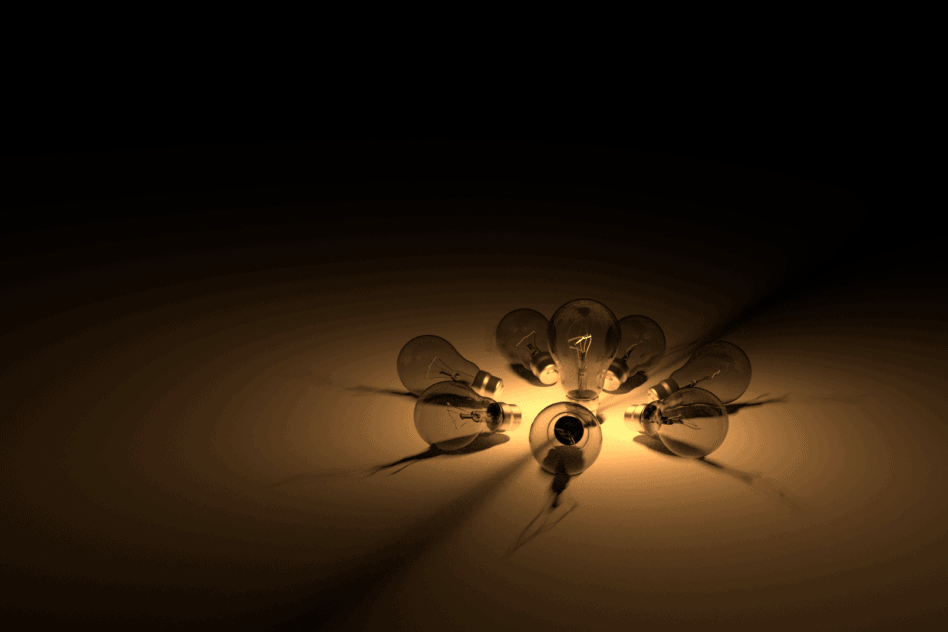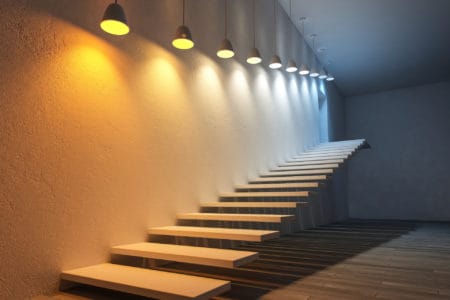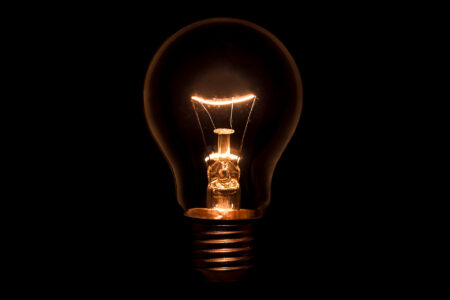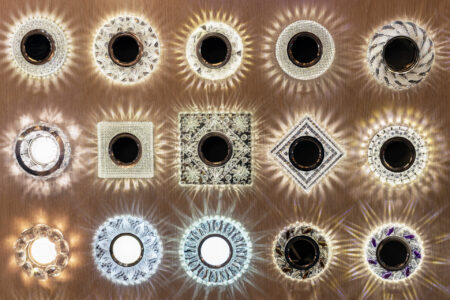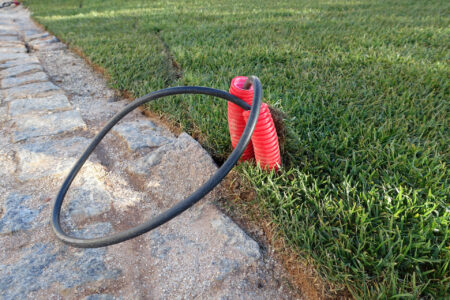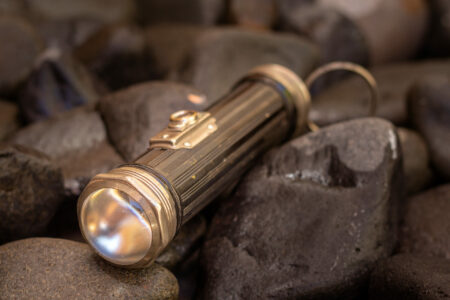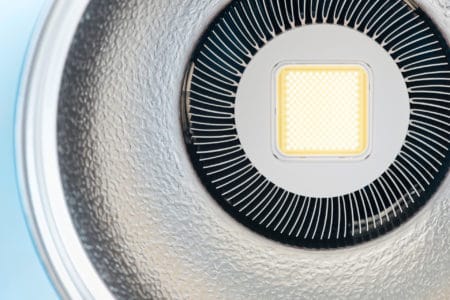Imagine this: you are spending an evening with friends, playing games. It’s your turn and just as you roll the perfect number on the dice, suddenly the lights go out. Your party is ruined, and your friends leave early. After checking the circuit breaker, you realize that all your light bulbs have burned out. But is this scenario even possible? In this article we will examine if LED lights really can burn out.
Burn-out of LED Lights
Not only was your party disrupted, but now, you also have to go to the store in order to buy new light bulbs. And then, soon enough they will burn out again and the cycle will repeat. But it doesn’t have to. Imagine not having to change your bulbs ever again.
This may sound like fiction, but with LED lights, it can become a reality. So, what is an LED light, and what huge advantages do they have? Read on to find out how the LED light bulb will make your next party a big success.
What is an LED?
LED stands for Light Emitting Diode. What this really means is that the construction of the bulb is different from other older bulbs. Incandescent bulbs heat up a small wire filament inside the bulb until it gets so hot that it starts glowing. Halogen lights work by burning a tungsten wire into a gas, which then causes the bulb to heat up.
In compact fluorescent lighting, a long tube filled with gas is given an electrical charge, which gives off light. But in an LED the light is produced by a chip which is controlled by a driver and other electrical components.
Why is an LED Different?
One of the best features of an LED light bulb is that it doesn’t produce nearly as much heat as incandescent bulbs. Although some heat is produced when the bulb is electrified, it is much less than an incandescent bulb. Whatever heat the bulb does produce is passed through a heat sink, which will take the heat, and evenly distribute it around the entire bulb, making it much cooler.
Are LED Light Bulbs Efficient?
LED light bulbs are very efficient compared to other types of light bulbs. Their efficiency is one of the most important features of an LED bulb. Because these bulbs are far more efficient, they will cost the consumer significantly less over the lifetime of the bulb. This efficiency is also tied directly into the lifetime of the bulbs, because a more efficient light will require less electricity, which means less wear and tear on the bulb.
How Long Do LED Light Bulbs Last?
Another major advantage of LED light bulbs is that they require significantly less energy to operate than incandescent or halogen lights. Because there is less current passing through the LEDs, the bulb will have less wear and tear than other bulbs. LED lights are designed to last between 10-15 years, depending on how heavily the lights are used.
Do LED Lights Dim with Age?
Yes. Over time LED lights will begin to shine less brightly. They will do this because, over time, the components with the bulb will age and start to function less efficiently. As the internals start to wear down, the bulb will produce less light.
What is the Expected Life of an LED?
The lifetime of an LED bulb is measured in hours of use. Some light bulbs, like the incandescent bulb have a lifetime of 1,000 hours. Many LEDs have a life of close to 50,000 hours. What makes this lifetime different than the lifetime for the incandescent bulb is that the lifetime of the LED light is not measured until it burns out.
Instead it’s measured until the light produces approximately 30% less light. So for an LED light to operate until it no longer shines at all would take nearly 150,000 hours, or, being left on for 12 hours a day for almost 33 years. It is not recommended that bulbs remain unchanged for that much time, but it is possible.
Do LED Lights Burn out?
This is a common question consumers ask but you are in luck 🙂 LED lights do not burn out. Even better there is no way for this to happen. LED lights cannot burn out because there is no use of heat as in incandescent bulbs, or gases to burn out or wires to burn up.
The microchip inside the LED produces a small amount of heat, which is taken away by the heat sink, meaning that no parts in the bulb are designed to burn up. As stated previously, the LED bulb will dim with time, but it will be a much longer time than with other types of light bulbs.
Can LED Lights Become Faulty?
Even that LED lights are not able to burn out there are some rare chances for LED lights to become defective. Although it’s rarely the LED itself which becomes faulty the other electrical components could break over time. Then you need to replace your bulb or fixture.
How to Dispose of LED Light Bulbs?
When the time does finally come to replace an LED bulb, it is important to check with local recycling and waste removal services. In some localities, parts of the LED light can be recycled, while in other cases, LEDs will be treated exactly like typical waste. The municipality will be able to provide you the contact information of these companies, if the company does not supply its contact information directly to the individual.
Conclusion
Imagine this: you are having friends over to play games. This time, when it is your turn to roll the dice, you hit that perfect number and move your piece to home base and win the game. Yes, you had to go to the store to buy new light bulbs, but since you purchased LED light bulbs, you know that you will be having game nights without having to worry about your light bulbs suddenly to burn out.
